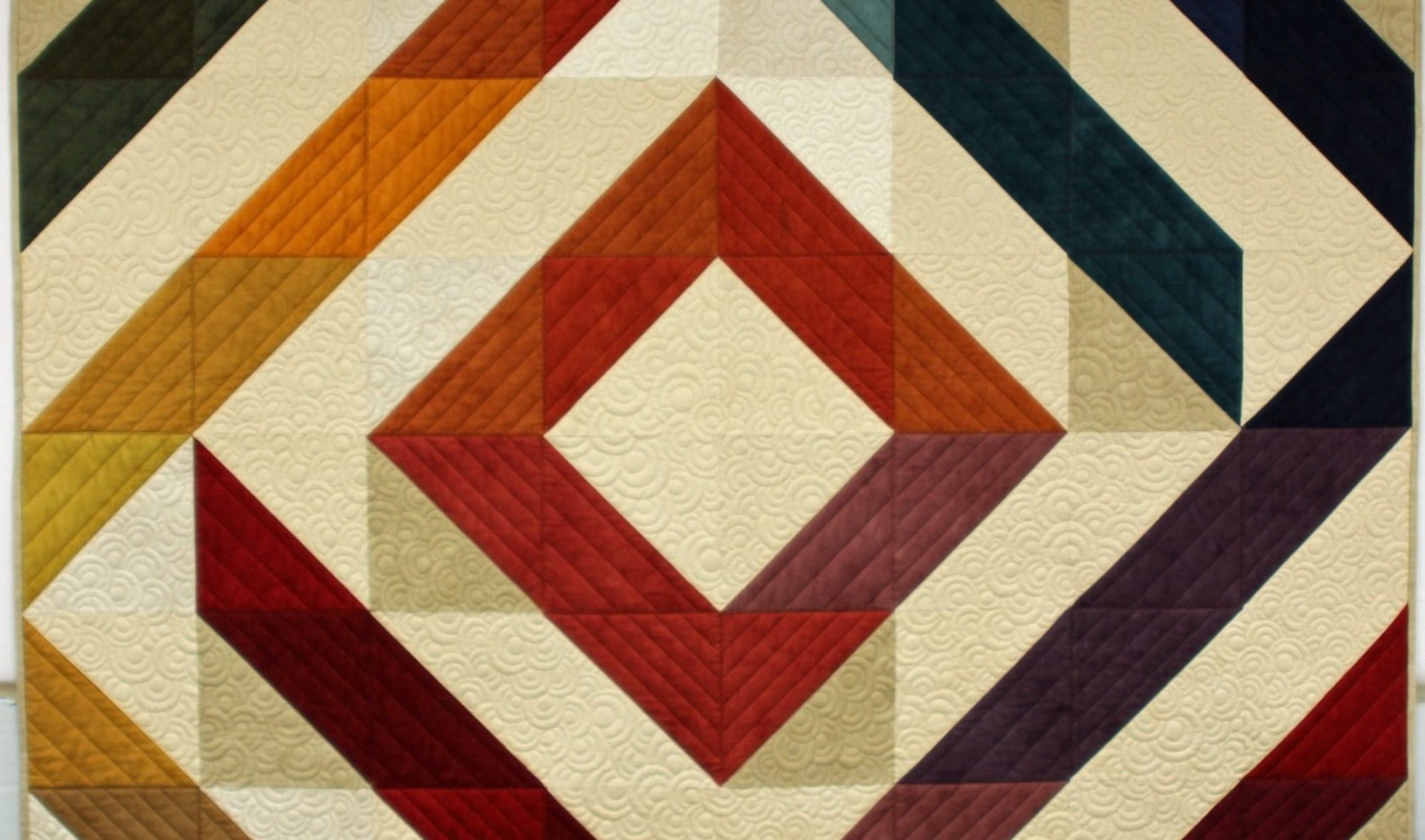Kawandi Demo/Class on January 21, 2025
Cathy Frank 533-9118 or colgate1981@gmail.com
What is Kawandi?
The traditional Kawandi is a hand-stitched quilt, made from scrap fabric, including old saris. One unique aspect is that it is assembled from the outside inward. The edges are turned under and stitched together, and batting is laid inside. Then quilting proceeds in a spiraling line, about a finger width apart.
Who, where, when and why were Kawandi quilts created?
Kawandi quilts are made by women of the Siddi ethnic group, descendants of early African migrants to South Asia, including slaves brought by Portuguese colonists in the 16th century. These quilts used up scraps to make functional blankets.
How are these quilts made?
Fabric:
Scraps of lightweight fabric will make it easier to stitch through multiple layers of fabrics. Add some shot cottons, plaid, prints and stripes to the mix. Make sure to add a scrap from a personal clothing item. Do not use batiks or heavy weight fabrics for this project. You can buy sari fabric remnants/scraps on amazon and etsy, which might be fun to work with!
Thread and needles:
Embroidery Floss: DMC, Cosmos, or whatever you have.
Perle Cotton Size #8 or #12. The most popular Perle Cotton weight is #8. The larger the number the finer the thread.
I use white Sashiko thread, 100% Cotton, and Sashiko needles, that I bought at Chestnut Bay Quilting in Caledonia. There is also variegated Sashiko thread that might be interesting to try. (Google it!)
How to Begin:
We will start with a 13-inch square of fabric. A plain fabric will clearly show the stitches on the back.
You need a 12-inch piece of batting. Place the batting on the wrong side of the fabric square, fold and press the ½ inch edges over the batting and baste with a long stich or use fabric glue.
Place the first fabric scrap in the lower right-hand corner, folding under the right and bottom edges and stitch to the fabric/batting square with about a 3/8-inch stitch, close to the edge, hiding the knot under the scrap edge. Then we will add a second scrap with the right and bottom edges folded under and continue stitching. Add more scraps and stitch until you get to the bottom left corner. Turn work and continue on down the next side. To start a new strand of thread, knot the end of the current thread and pull between the fabrics.
When you have completed one round, move stitching in ½ inch and continue adding scraps as needed. The final stitching will be a small square in the middle of your work.
Add four phula, small raw edged squares folded twice into triangles, to each corner.
Resources For More Information:
Basic Intro
Learning about Kawandi Quilts
https://www.anytexture.com/2022/09/learning-about-kawandi-quilts
Kawandi Quilting
Make a Kawandi Quilt
Adding phula to the corners to finish my Kawandi
Kawandi Adventure: Quilts by Margaret Fabrizio | The Plaid Portico
Pieced Together—African Quilts of India
https://pieceworkmagazine.com/pieced-together-african-quilts-of-india
A Similar Technique is Kantha:
Kantha is a South Asian quilting tradition. Originally made from old, recycled fabrics, the traditional kantha cloth is an example of ‘flat’, or non-batted quilting, worked on multiple layers of fabric. The cotton kantha quilts are made by stitching 2-4 layers of cloth together to create an ideal lightweight blanket or throw.
A Kantha quilt does not turn the raw edges under and the quilting is in parallel lines from one edge to the opposite edge.
